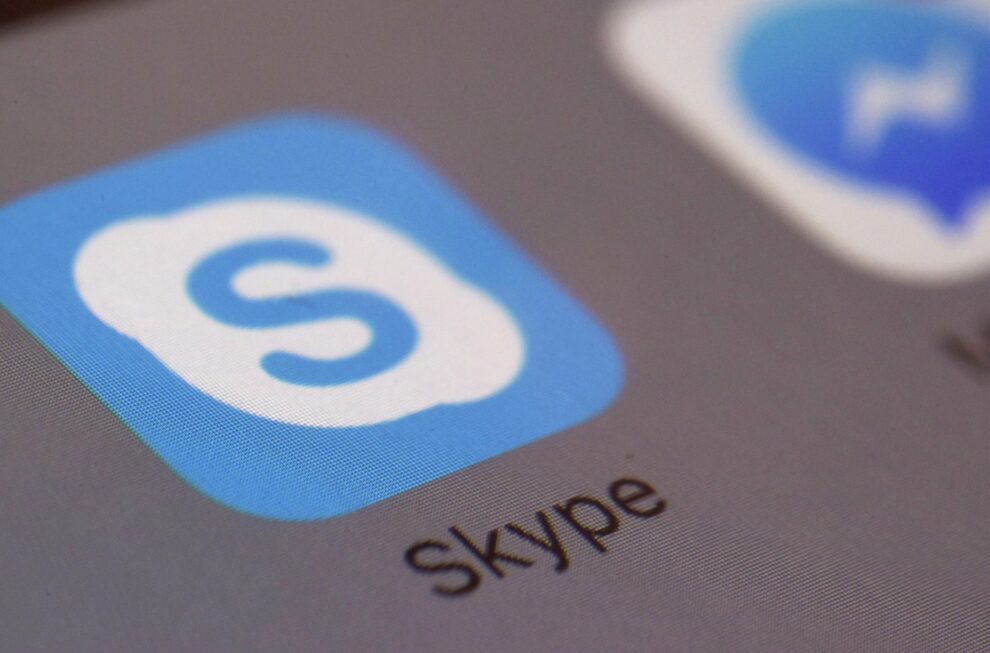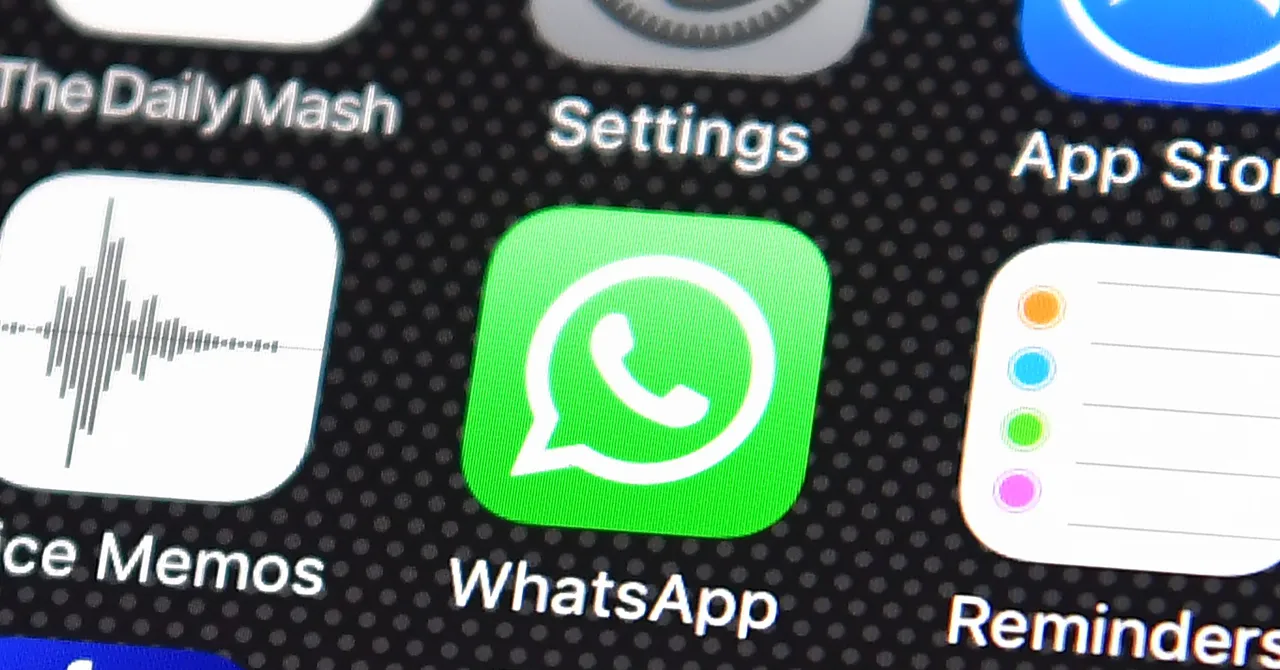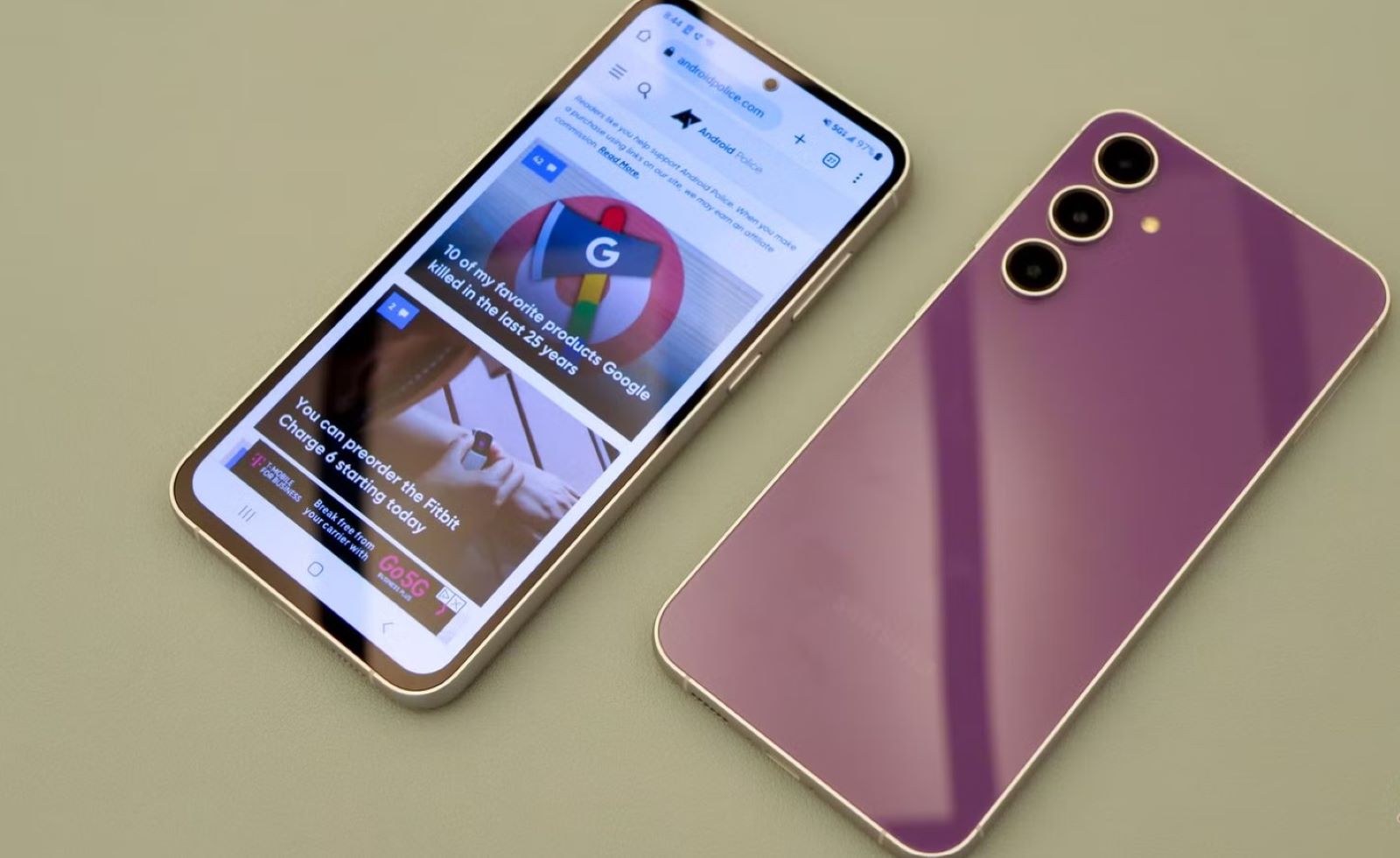After 23 years of service, Microsoft officially shut down Skype on May 5, 2025, marking the end of an era in digital communication. Launched in 2003 by Estonian developers and acquired by Microsoft in 2011 for $8.5 billion, Skype was a pioneer in voice-over-IP (VoIP) technology, enabling free and low-cost calls over the internet. At its peak, Skype boasted over 300 million monthly users. However, with the rise of competitors like Zoom, WhatsApp, and Microsoft’s own Teams platform, Skype’s user base dwindled to approximately 23 million by 2020.
Microsoft’s decision to retire Skype aligns with its strategy to consolidate communication services under the Microsoft Teams umbrella. Teams, introduced in 2017, has seen significant growth, particularly during the COVID-19 pandemic, and offers integrated features for messaging, video conferencing, and collaboration. Jeff Teper, President of Collaborative Apps and Platforms at Microsoft, emphasized that focusing on Teams allows for streamlined services and enhanced innovation.
For existing Skype users, Microsoft has facilitated a transition to Teams. Users can log into Teams using their Skype credentials, with contacts and chat histories automatically migrated. However, certain features, such as Skype’s traditional phone-call capabilities, are not available in Teams. Users who prefer not to switch to Teams have the option to export their Skype data manually until January 2026, after which the data will be permanently deleted.
The discontinuation of Skype has prompted users to explore alternative communication platforms. Several options cater to different needs:
- Microsoft Teams: Offers integrated messaging, video calls, and collaboration tools.
- Zoom: Popular for its user-friendly interface and ability to host meetings with up to 100 participants on its free plan.
- WhatsApp: Widely used for text messaging and supports voice and video calls.
- Google Meet: Provides video conferencing with features like live captions and integration with Google Workspace.
- Signal: Focuses on privacy with end-to-end encryption for messages and calls.
- Wire: An open-source platform offering encrypted messaging and video calls, suitable for both personal and business use.
Skype’s shutdown reflects the evolving landscape of digital communication, where users seek platforms that offer integrated services, enhanced security, and seamless user experiences. While Skype’s closure marks the end of a significant chapter in internet communication, numerous alternatives are available to meet the diverse needs of users worldwide.








